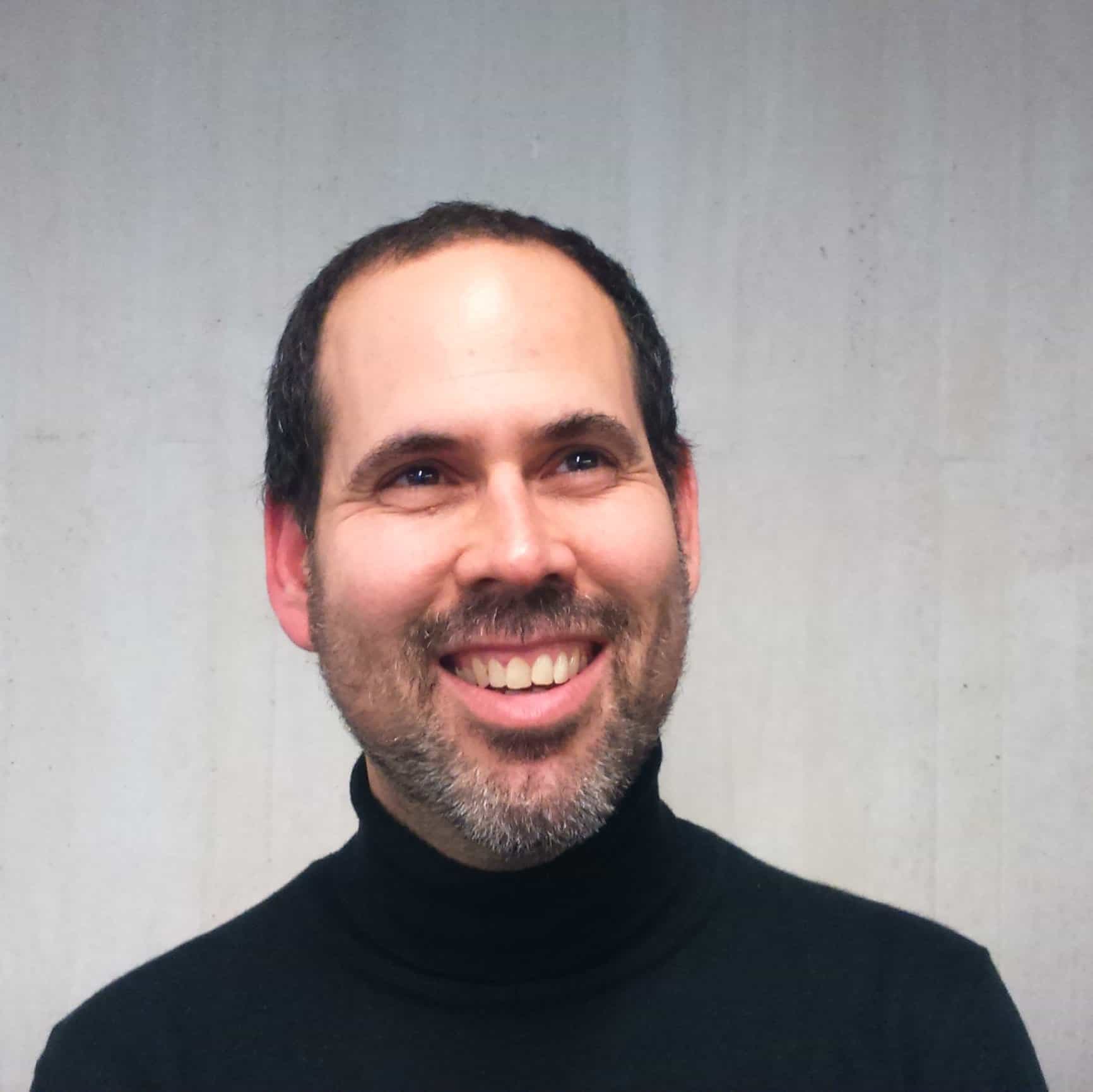Einstein on ear training

Albert Einstein would love our apps - and here´s why...
You may know that the world´s most famous scientist, Albert Einstein, was a musician and that he played the violin nearly everyday of his life. You may even know that he said that if he had not been a scientist he would probably have been a musician. However, do you know Albert Einstein´s strategy for practicing ear training? Let’s take a look, because his approach to ear training holds the key to helping you accelerate your musical learning journey.
Our story starts with screenwriter and Pulitzer prize winning playwright Jerome Weidman. When Weidman was a young man he considered himself tone deaf and most music to him was little more than noise. He only could listen to pop songs and then he focused on the words.
One evening, Weidman found himself at a party in a private home where chamber music was too be played by a group for entertainment of the guests. By coincidence, Weidman was seated near Einstein. After the first set by the chamber group, Weidman revealed to Einstein that he was tone deaf and that he couldn’t enjoy music. Einstein leapt into action, pulling Weidman into a private study with a record player and made Weidman listen to and sing back short musical phrases from a series of pieces that started simply and became increasingly more complex.
Weidman, to his surprise, could actually follow Einstein’s instructions and by the time the chamber group played it’s second set, Weidman noticed a significant improvement in his perception of their music. Weidman was overjoyed. And so was Einstein.
Let’s look at Einstein’s explanation, as recounted by Weidman.
Do you remember your first arithmetic lesson in school? Suppose, at your very first contact with numbers, your teacher had ordered you to work out a problem in, say, long division or fractions. Could you have done so?”
“No, of course not.”
“Precisely!” Einstein made a triumphant wave with his pipe stem. “It would have been impossible, and you would have reacted in panic. You would have closed your mind to long division and fractions. As a result, because of that one small mistake by your teacher, it is possible your whole life you would be denied the beauty of long division and fractions.”
The pipe stem went up and out in another wave.
“But on your first day, no teacher would be so foolish. He would start you with elementary things—then, when you had acquired skill with the simplest problems, he would lead you up to long division and to fractions.
“So it is with music.” Einstein picked up the Bing Crosby record. “This simple, charming little song is like simple addition or subtraction. You have mastered it. Now we go on to something more complicated.”
He found another record and set it going. The golden voice of John McCormack singing “The Trumpeter” filled the room. After a few lines, Einstein stopped the record.
“So!” he said. “You will sing that back to me, please?”
I did—with a good deal of self-consciousness but with, for me, a surprising degree of accuracy.
Einstein stared at me with a look on his face that I had seen only once before in my life: on the face of my father as he listened to me deliver the valedictory address at my high school graduation ceremony.
“Excellent!” Einstein remarked when I finished. “Wonderful! Now this!”
“This” turned out to be Caruso in what was to me a completely unrecognizable fragment from Cavalleria Rusticana, a one-act opera. Nevertheless, I managed to reproduce an approximation of the sounds the famous tenor had made. Einstein beamed his approval.
Caruso was followed by at least a dozen others. I could not shake my feeling of awe over the way this great man, into whose company I had been thrown by chance, was completely preoccupied by what we were doing, as though I were his sole concern.
We came at last to recordings of music without words, which I was instructed to reproduce by humming. When I reached for a high note, Einstein’s mouth opened, and his head went back as if to help me attain what seemed unattainable. Evidently I came close enough, for he suddenly turned off the phonograph.
“Now, young man,” he said, putting his arm through mine. “We are ready for Bach!”
As we returned to our seats in the drawing room, the players were tuning up for a new selection. Einstein smiled and gave me a reassuring pat on the knee.
“Just allow yourself to listen,” he whispered. “That is all.”
The ear training methodology at reelear.com follows Einstein’s logic. We provide you with the tools and resources that you need to start with very simple call and response ear training and, then, as you consolidate each level of complexity, you can move on to the next level until you reach your music goals. You get infinite ear training examples, tailored to your present needs and nested into a methodology that would have made Einstein smile, just allow yourself to listen.
Do you want to read Weidman’s full account of that evening. You can find it here
Discover all of our ear training apps and resources by signing up for your free, 15 day trial. You can go further, faster when you have the right tools. Connect your ear directly to the music.